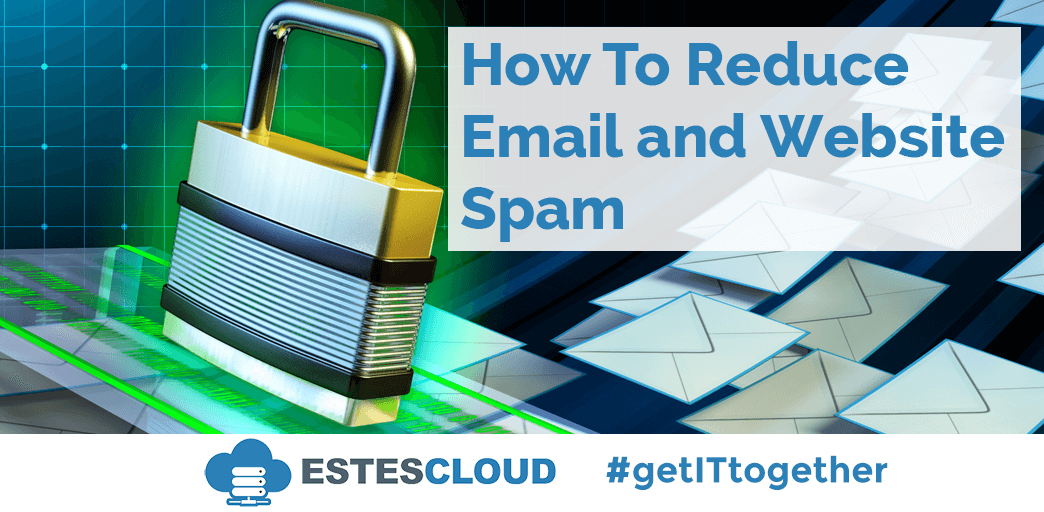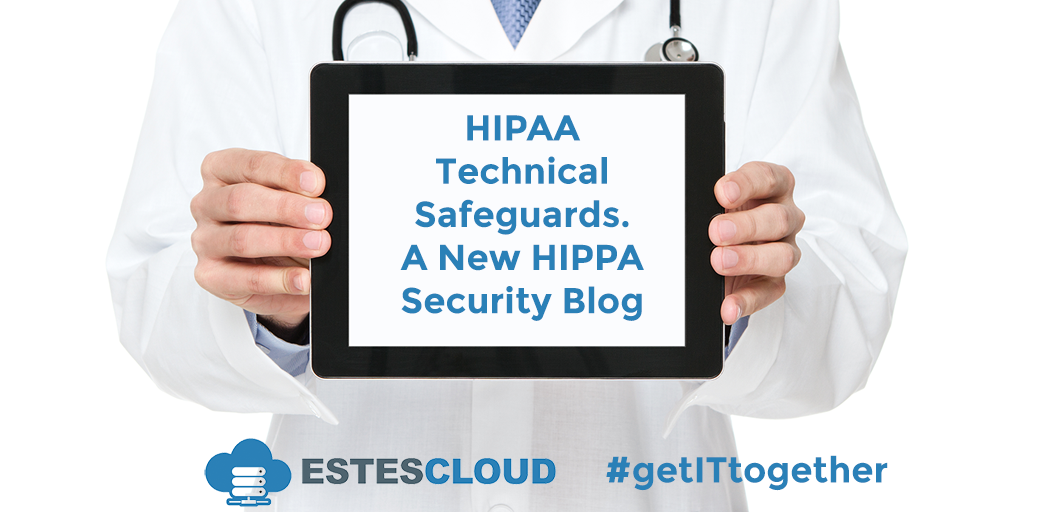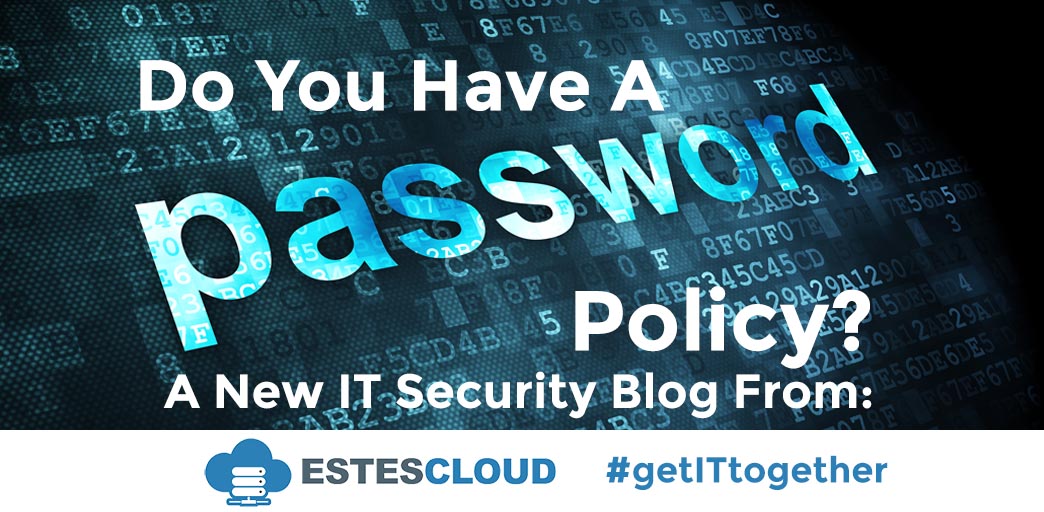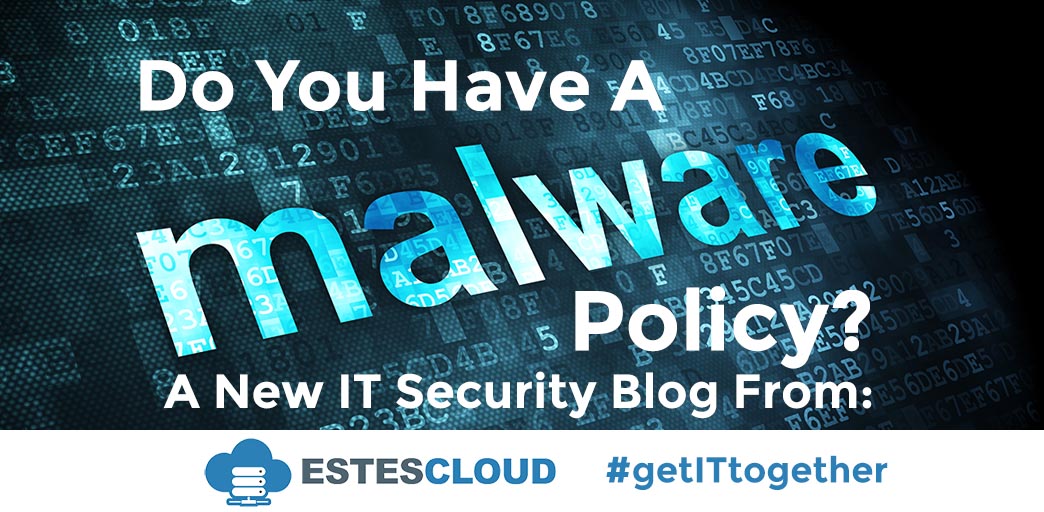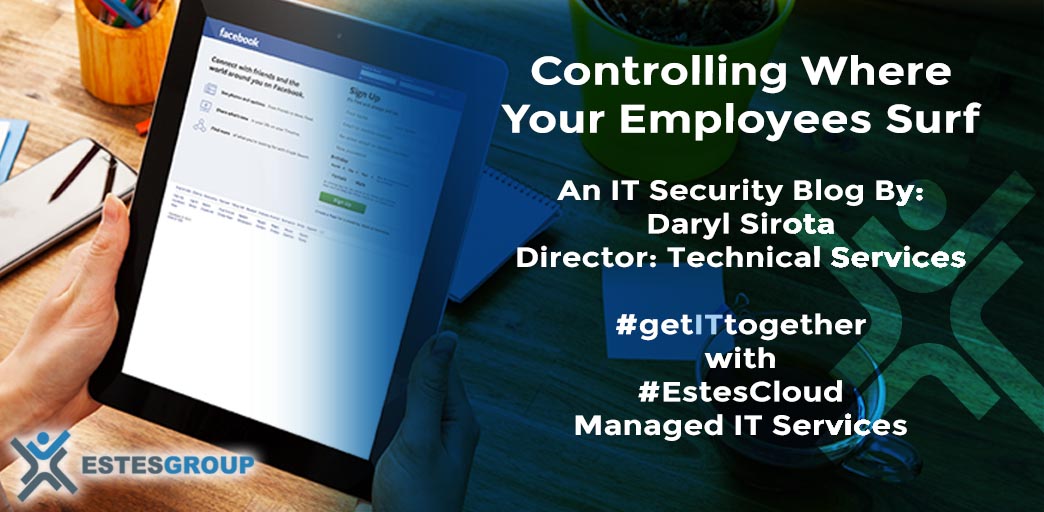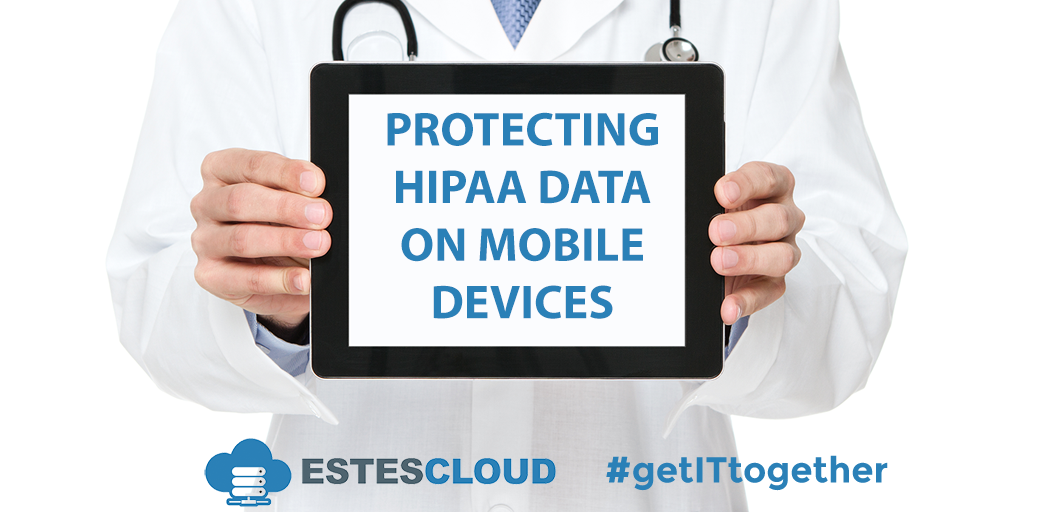
Protecting HIPAA Data On Mobile Devices
HIPAA stands for the Health Insurance Portability and Accountability Act that was passed by Congress in 1996.
Essentially, HIPAA enshrines the means by which American workers and their dependents can keep their health insurance coverage should they change or lose their jobs.
HIPAA also sets industry-wide standards for electronic billing of health care services. Additionally, this law mandates the confidential handling of an individual’s medical information.
So what does this have to do with mobile devices? Plenty.
Mobile devices have affected every industry sector. With each passing day, more and more professionals conduct their business using tablets, laptops, or smart phones. This includes the medical industry. Doctors, nurses, and physician’s assistants routinely send confidential (HIPAA) data over satellite data plans and WiFi.
Securing HIPAA Data Remotely
In most cases, the medical industry’s use of mobile devices translates into better patient care. But it also opens personal medical data to the threat of cyber theft.
To maintain HIPAA compliance, health care professionals and IT managers should implement the following best practices when handling health care data on mobile devices:
Obtain Written Permission Before Operating via Mobile
Make sure to document the fact that your patients have signed off on communicating with your office via email or any other electronic means. Documented consent is critical to HIPAA compliance. It’s also one of the simplest and best ways to avoid embarrassing misunderstandings and potential legal suits down the line.
Stick to Proper Professional Jargon
The ease and speed of mobile devices often results in users relying on abbreviations, emoticons, and other forms of internet vernacular. Put simply: DON’T DO THIS. Due to the nature of the field, any HIPAA data created should be kept appropriate for long-term records. Remember that communications, notes, and files that appear unprofessional can subject health care practitioners to confusion at best and malpractice suits at worst. Treat every character you type on behalf of your job as the valuable work product it is. Your company and the patients you treat depend on accurate communications scripted in proper industry vocabulary.
Everything Goes Into the File
Remember that every email you send or receive, every file you upload or download, every conversation you have by phone is part of your patient’s official medical record. Text messages, phone calls, and conversational asides might not seem important in the moment. However, they all form a piece of the overall puzzle a patient’s profile presents. Be sure to record every instance of communication diligently to prevent confusion and delays in treatment, as well as to maintain HIPAA compliance.
Encrypt Your Transmissions
No one leaves for work each day while the door to the house stands open wide. That’s just common sense. By the same token, no one using a mobile device in the 21st century should send any transmission without securing that message via data encryption. User passwords activate only one tier of proper data security. DON’T STOP THERE! Due to the sensitivity of medical information, add as many layers as you can in the form of personal questions, icons, PINs, and other challenge-response tests. Remember that there’s no such thing as too much security.
Managed IT Keeps HIPAA Data Safe
Our ComplianceCare service from EstesCloud can help you solve all of your HIPAA IT issues.
Get more tips on protecting HIPAA data on mobile devices with our comprehensive advice on remote worker security. Because mobility increases the risk of cyberattacks, our helpful IT security guides can keep your employees and clients safe. Fill out the form below to receive a presentation on remote workforce security. This presentation was an event in partnership with the Loveland Chamber of Commerce. EstesGroup’s headquarters is in Loveland, Colorado, where we help small and midsize businesses deploy mobile cybersecurity solutions.

